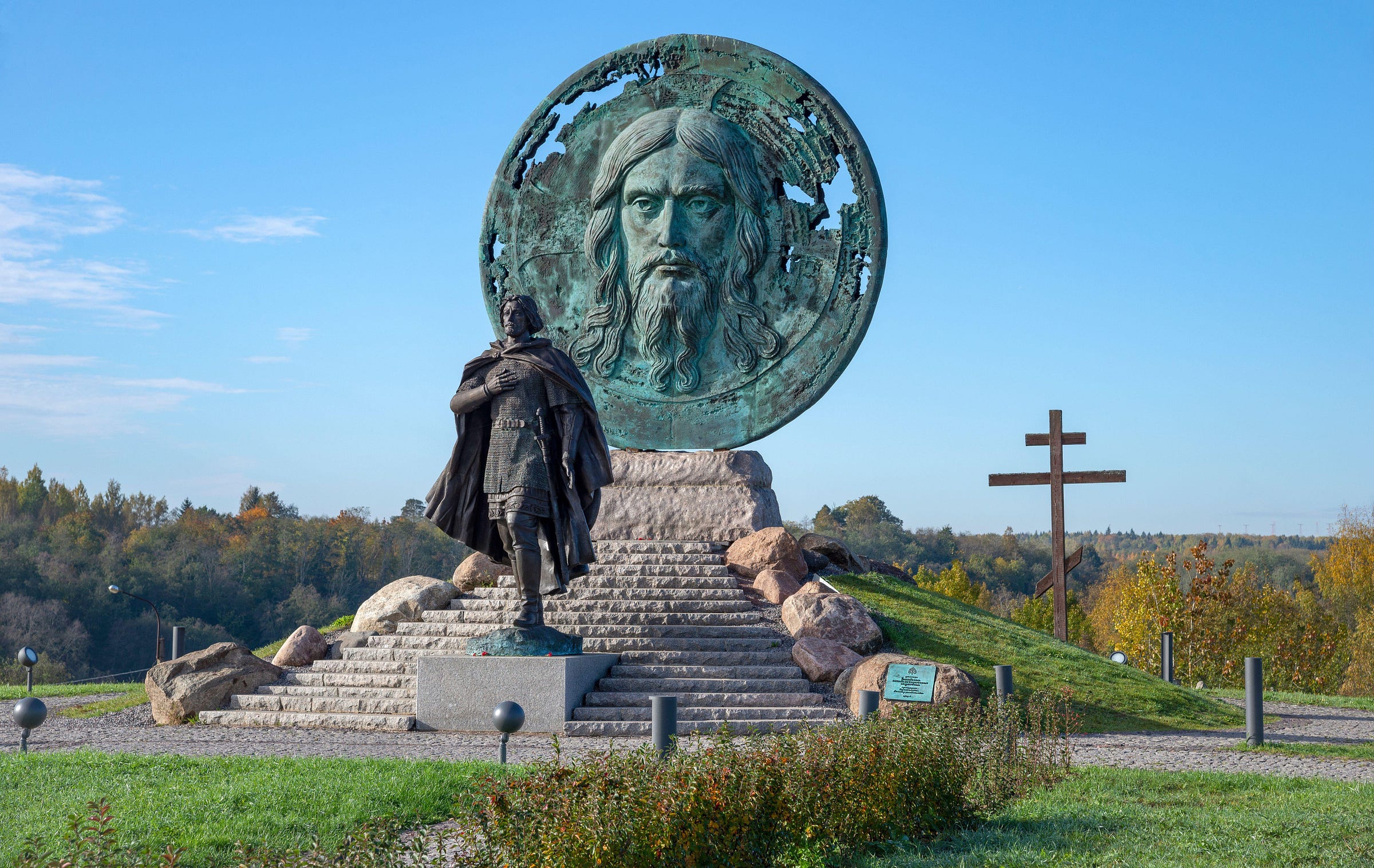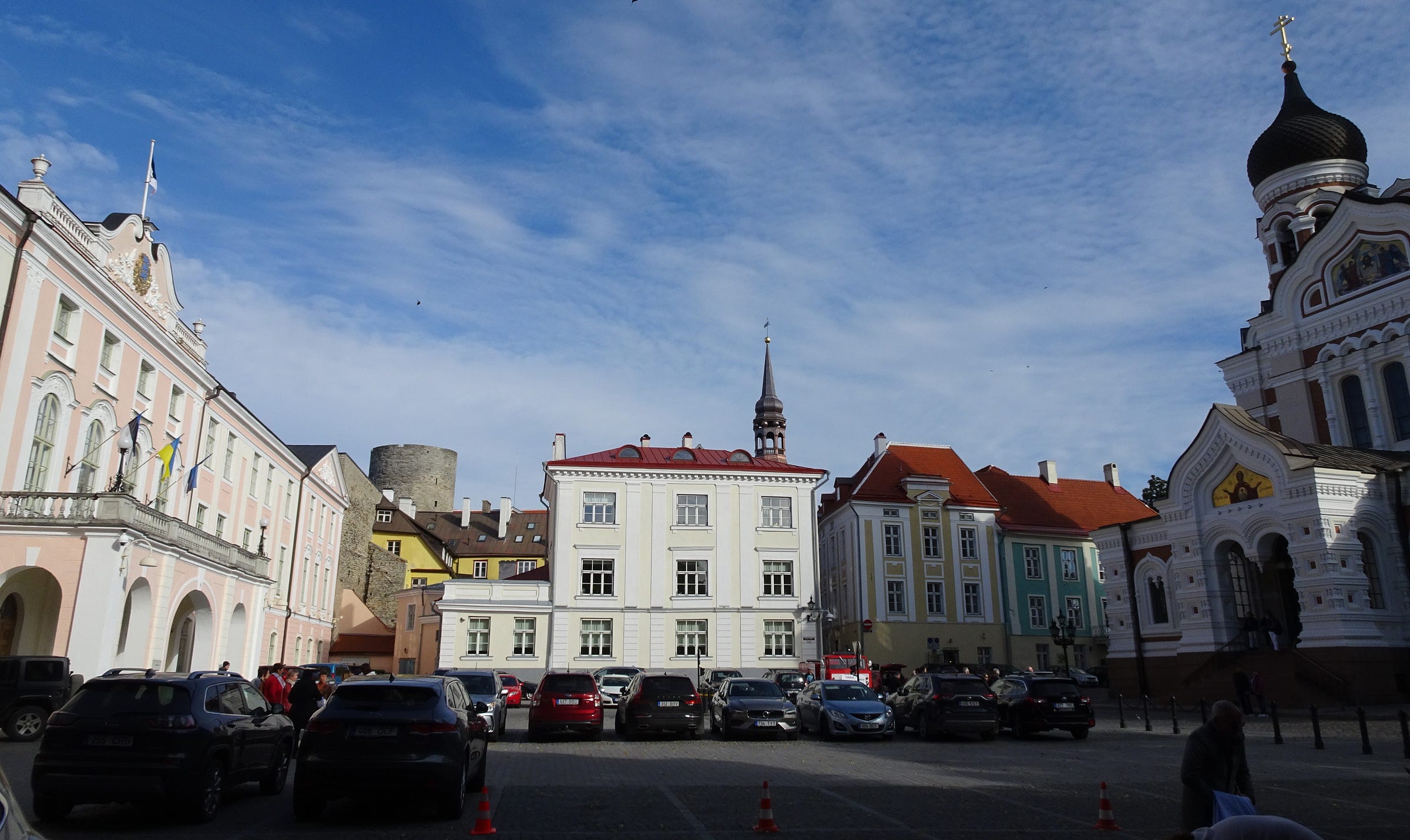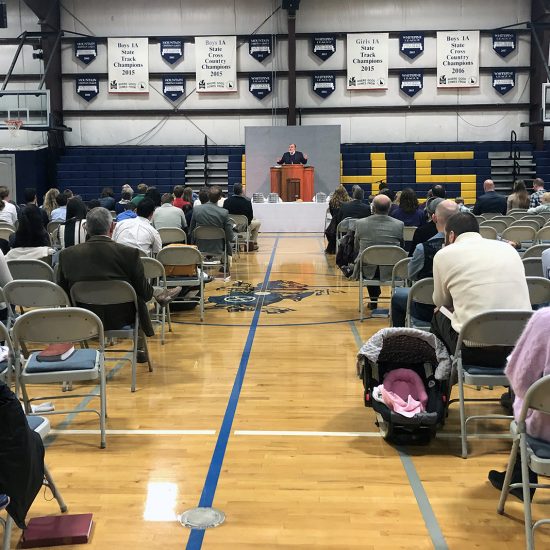
“There is only one unhappiness,” a character in Léon Bloy’s novel The Woman Who Was Poor declares, “and that is — not to be one of the saints.”
The French Catholic character was concerned with not becoming a saint even as she lived a life of faithfulness and poverty. But what about someone who is sainted and then loses that status? She might find such a fate even more unhappy.
On Saturday (Nov. 23), Orthodox Christians in Ukraine will not celebrate a saint. For the first time in hundreds of years, the feast of Alexander Nevsky won’t be recognized there. But don’t feel too unhappy for him; he’ll receive extra celebrations across the border from the Russians holding him up as an icon in their war against Ukraine.
The prince of Novgorod (in present-day Russia) in the 13th century, Alexander Nevsky has long been a cherished figure in Russian history. Famed for his military battles against Swedish invaders on a papal crusade, he was credited with protecting statehood and Orthodoxy. He was officially canonized as a saint in the Russian Orthodox Church in 1547. Celebrations of the saint eventually took on mythic levels somewhat detached from his actual life.
As Russia’s imperial ambitions grew in the 18th century, Alexander Nevsky became a key “holy faithful prince” figure to give spiritual support for the dreams of a large, powerful nation. His star rose even more during the Soviet era. Ahead of fighting Nazi Germany in World War II, a Russian film about the prince depicted him as a warrior against German aggression. And a Soviet military order named for Alexander Nevsky was created in 1942.

A memorial called “Prayer Before Battle” that honors Alexander Nevsky near Saint Petersburg, Russia. The memorial was opened and dedicated on Dec. 22, 2021, just two months before Russia launched its invasion of Ukraine. (Anna Karaseva/Alamy)
With his status as an important patriotic saint, numerous relics and shrines were consecrated to honor him. Patriarch Kirill of the Russian Orthodox Church last year restored several such relics to a shrine after they had been confiscated by the Soviet government in 1922.
“The personality of St. Prince Alexander Nevsky is extremely significant in our history,” Kirill said during the ceremony returning the objects. “His works, his exploits became, as the Gospel says, the ‘salt’ of the unification of the Russian state. His sacrificial love for the people is a spiritual uplift and a symbol of the spiritual revival of our Holy Rus’.”
As Kirill’s comments demonstrate, the Russian Orthodox Church views Alexander Nevsky as a saint who represents the military and political power of the Russian people. Kirill has, in Christian Nationalistic terms, wholeheartedly supported the Russian invasion of Ukraine, even heretically telling Russian soldiers that to die fighting for Russia is a salvific act. His use of the phrase “Holy Rus’” is imperial language dressed in religious garb as he includes the land of Ukraine (and others) in that territory he believes the Russian state and Russian Orthodox Church should rule over.
Saint Alexander Nevsky is one of the many holy symbols and figures Kirill has co-opted to justify the last 1,000 days of invading Ukraine. During a sermon last year in a church named for Alexander Nevsky, he urged soldiers to fight against Ukraine as part of a biblical army on a “spiritual mission.”
“Defend the fatherland like Alexander Nevsky and Peter the Great and many other outstanding children of Russia,” Kirill declared. “The Orthodox people are also present here — soldiers who take part in a special military operation. They, just like Alexander Nevsky, defend our Fatherland and our spiritual values.”
As Christianity is literally weaponized to justify Vladimir Putin’s invasion of Ukraine, Russian army battalions have even been named for Alexander Nevsky and other Russian Orthodox saints. And even before the war, there was a nuclear ballistic missile submarine and other military craft named for the saint. And the cult of Alexander Nevsky extends beyond the military. The Russian Orthodox Church has built cathedrals named for him in other places as a sign of imperial visions (including in Bulgaria, Estonia, Moldova, and Poland). A 2008 poll saw him win among the Russian people as the greatest Russian in history.
So in February of this year, the Orthodox Church of Ukraine removed the feast of Alexander Nevsky from its liturgical calendar. Instead of honoring a symbol of Russian imperial faith on Nov. 23, Orthodox believers in Ukraine will instead honor Saint Alexander, the 5th-century founder of the “Monastery of Unsleeping Ones.” This move to combat the weaponizing of the sacred offers insights into the importance of holy symbols and how meanings shift. So this issue of A Public Witness considers the act of removing a saint and what it might teach us about other religious symbols that have also been co-opted.

The Alexander Nevsky Cathedral in Tallinn (right) faces the Riigikogu (Estonian parliament) building in Toompea Castle (left). The church’s proximity to the Riigikogu has sparked religious and political controversy, especially since Russia’s 2022 invasion of Ukraine. (Brian Kaylor/Word&Way)
When the Saints Go Marching Out
The process of becoming a saint is understandably arduous. While the steps differ some among the traditions that name official saints, the route involves research and careful consideration to make sure the person is worthy of such veneration. Reversing a canonization decision is obviously an even bigger — and rarer — decision.
In 1969, the Catholic Church removed the feast days for 93 people who had been previously canonized. What led to such a drastic move? Pope Paul VI determined the individuals might not have actually existed! The targeted saints were those deemed to just have been legends or for whom there was too little information to actually consider them a real person (let alone a saint). The vetting to achieve sainthood is much more difficult today, so you might have missed your best shot by being born several centuries too late. Among those sent back to the minor leagues were the popular Saint Christopher, Saint George the dragon-slayer, Saint Ursula, and Saint Nicholas. Yes, the pope stripped Santa Claus of his feast day (talk about a war on Christmas!).

The rest of this piece is only available to paid subscribers of the Word&Way e-newsletter A Public Witness. Subscribe today to read this essay and all previous issues, and receive future ones in your inbox.






